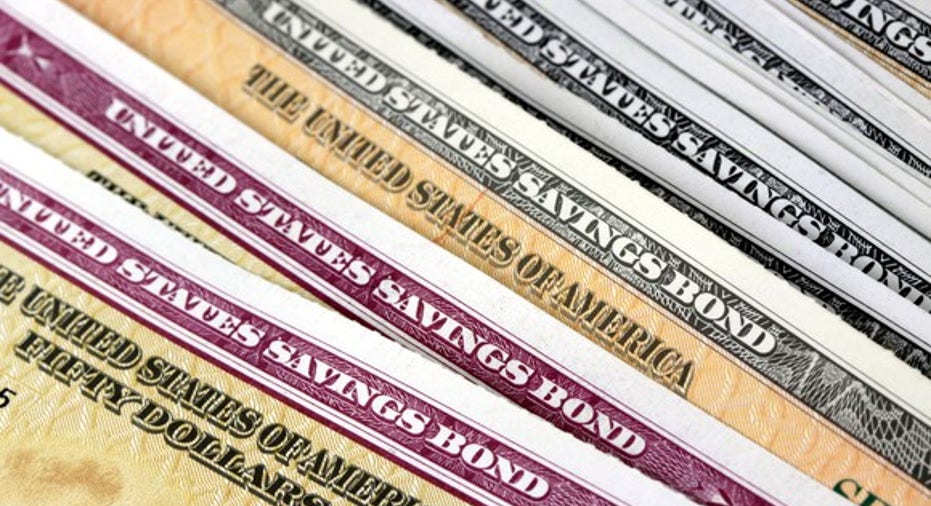What Is a Bond Fund?

Image source: Getty Images.
Investors who want to invest in fixed-income securities have to decide whether they want to buy individual bonds or pick a bond fund. Bond funds are mutual funds that pool the investments of many different shareholders and use that capital to buy bonds and other fixed-income securities.
The bonds that bond funds buy are debt obligations of governments, corporations, and other issuers, and they pay interest over time before repaying their principal at maturity. Even though they're typically considered more conservative than stock-owning mutual funds, bond funds do carry some risk, and it's important to understand the particular risks that come with investing in bond funds.
Types of bond funds
Bond funds are available in different categories that correspond to the types of bonds they hold. Government bond funds tend to own debt issued by the U.S. Treasury, including Treasury bills, notes, and bonds. Corporate bond funds buy the debt of corporations and other businesses. Municipal bond funds invest in the debt of state and local governments.
Each type of bond fund has its own return and risk profile. Government bond funds are seen as the safest in terms of default risk, but their returns tend to be lower than those of corporate bond funds. Various corporate bond funds have different characteristics as well. Some funds invest in companies with high credit quality, while others focus on riskier credit that carries a more attractive interest rate. Municipal bond funds tend to have relatively low returns, but their interest is free from federal income tax, and so their yields can be higher on an after-tax basis than similar bond funds in other categories.
Risks of bond funds
Bond funds carry several types of risks. If the issuer of a bond defaults, then bondholders might not get fully repaid. The advantage of a bond fund is that funds hold a diversified portfolio of bonds, so one default will have a relatively small impact on the overall holdings of the fund.
Interest-rate risk is also something that bond-fund investors need to keep in mind. If rates rise, then the value of bonds in the fund falls, and so the share price of the bond fund will decline as well. The disadvantage of bond funds is that, with individual bonds, you could hold the bond to maturity and be guaranteed to receive your original principal back. With a bond fund, however, the fund never technically matures, so losses can be permanent.
For those seeking diversified exposure to bonds, bond funds can be a convenient way to invest modest sums of money in the fixed-income market. They aren't risk-free, but they can act as a good counterbalance to the stock portion of your overall investment portfolio.
This article is part of The Motley Fool's Knowledge Center, which was created based on the collected wisdom of a fantastic community of investors. We'd love to hear your questions, thoughts, and opinions on the Knowledge Center in general or this page in particular. Your input will help us help the world invest, better! Email us atknowledgecenter@fool.com. Thanks -- and Fool on!
The article What Is a Bond Fund? originally appeared on Fool.com.
Try any of our Foolish newsletter services free for 30 days. We Fools may not all hold the same opinions, but we all believe that considering a diverse range of insights makes us better investors. The Motley Fool has a disclosure policy.
Copyright 1995 - 2016 The Motley Fool, LLC. All rights reserved. The Motley Fool has a disclosure policy.